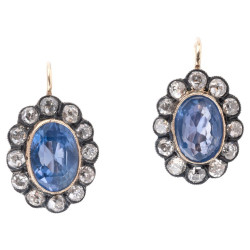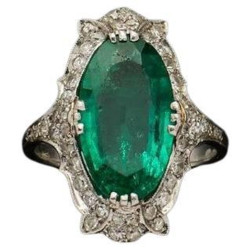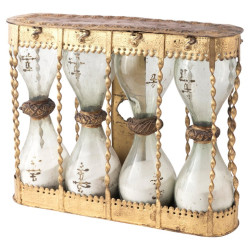New arrivals
BERNARDO ANTICHITA'
At the end of the nineteenth century the family settled in Florence where it opened the prestigious shop on the Ponte Vecchio, where you could find collections of jewels and selected high-level art objects. Adolfo Melli , Caterina’s great-grandfather, continued the business by developing and maintaining relations with foreign countries, to the point of making the company a point of reference also for the royal families of Europe, whose testimonies are still preserved today. Our shop, still a privileged destination for a refined clientele, passed to Gustavo Melli , Caterina’s grandfather, and it was he who passed on his knowledge to his nephews and introduced them into the world of antiques. Today Caterina Pasquinucci and her husband Fabio Bernardo with her son Duccio continue the family tradition and continue the activity in the historic shop on Ponte Vecchio, at n.44r.
We are waiting for you to share news and passions, which change over time but never change.








